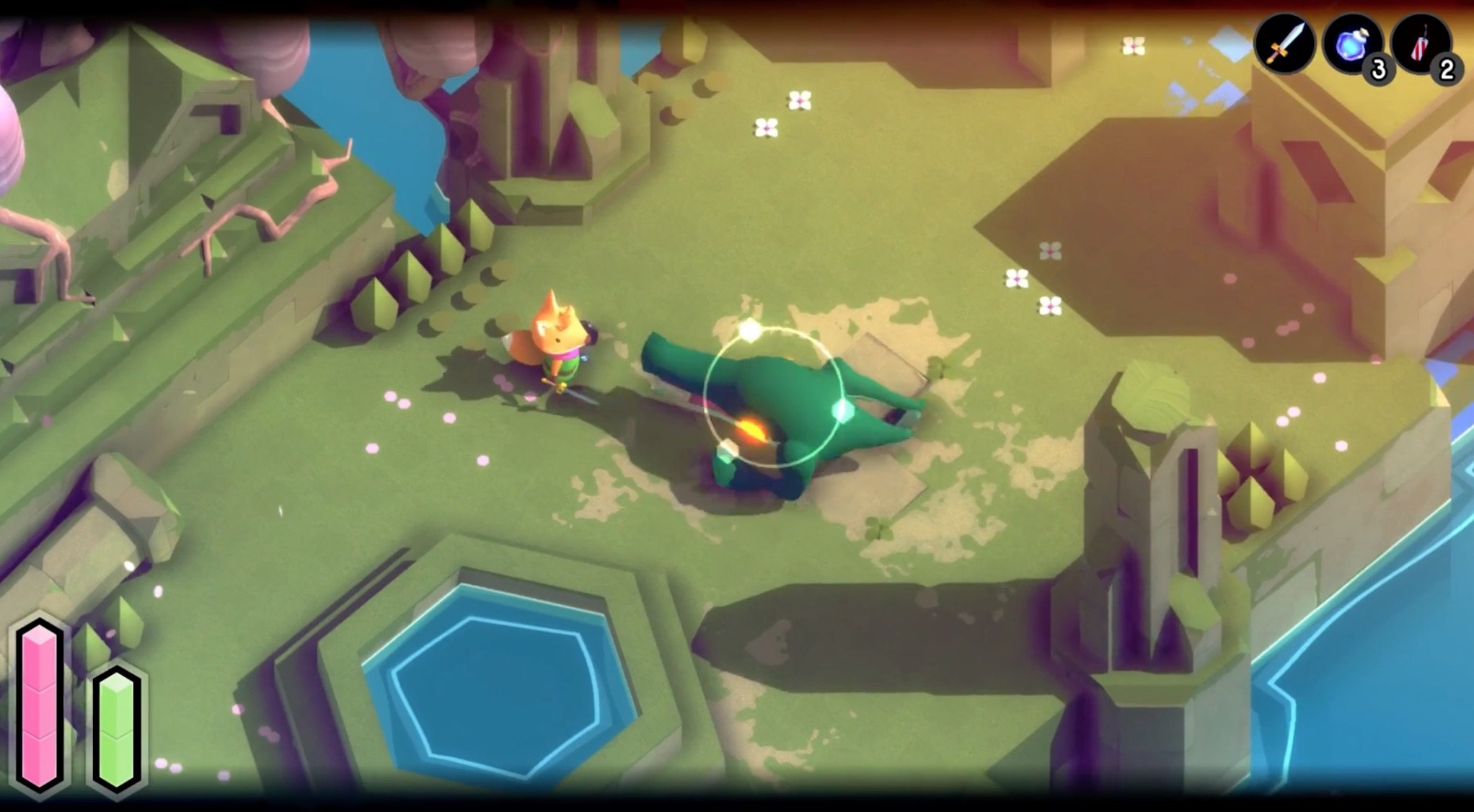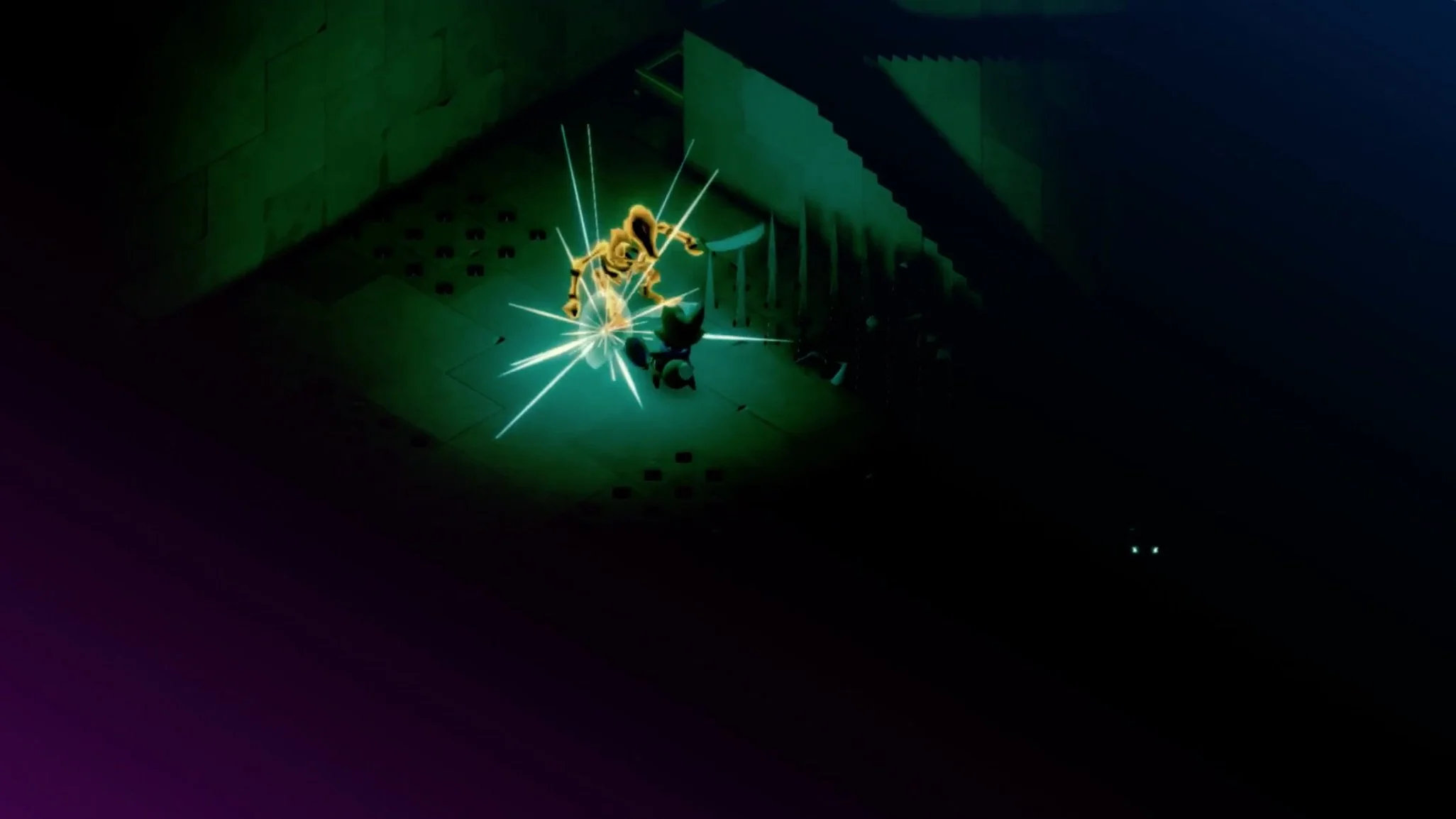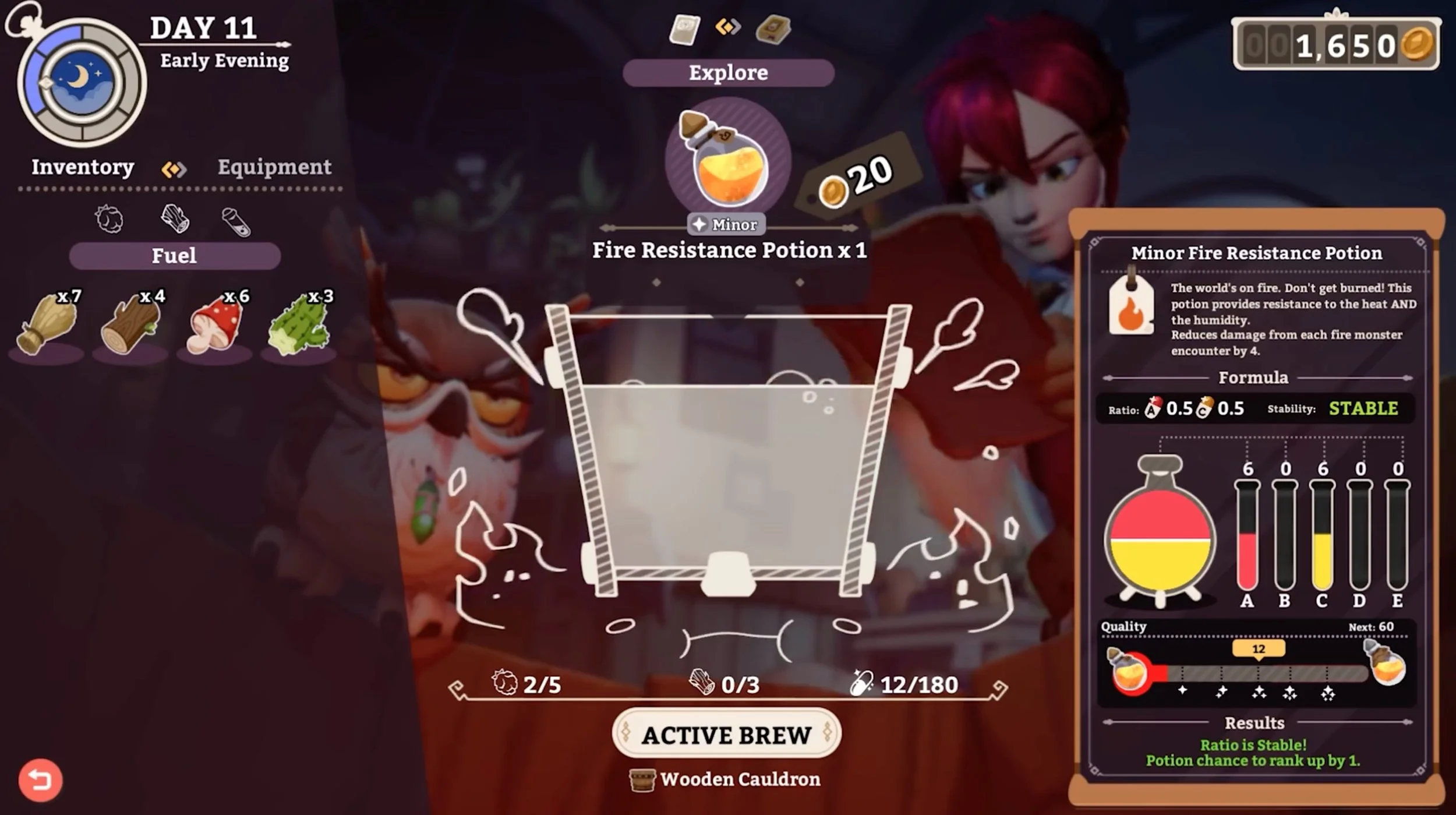Considering Audience Cognitive Load
One of the most common problems I see are game trailers which have way too much stuff in them. It’s as if the trailer maker assumes if it throws everything can at the audience, they will receive and retain it all. The problem is people are not buckets that can be filled with information. I think people are more like sponges, and trailers deliver information via a hose. Depending on how focused the stream is, varying amounts of information will be absorbed into the sponge. I think of an ineffective trailer like a hose whose spray is too wide, and an effective one is like a hose with a focused stream aimed at the sponge. If I may continue this analogy further, sponges reach a point where they cannot absorb any more water. This is why it's important to mitigate the volume of information you deliver to the audience.
This is why I think it's so essential in trailer editing to find ways to REMOVE as much information as possible. Trailers generally start with the question: "What can we put into this?" but equally important during the process is asking: "How much can we take out?"
I've softened somewhat on my stance about whether or not it's good to include HUD/UI elements in trailers. In this trailer I made for Tunic, I included it in a few shots because I thought it communicated some game design aspects which would otherwise be invisible. For example, a stamina meter, and items.
Games footage is frequently chaotic, unfocused, and overloaded with extraneous information which will be lost on people watching a fast cut trailer. This is because games contain information which is relevant to the person playing, but not as easily understood to someone who is watching the game being played. Never mind lots of game capture shots, all of which have all this extra information which is then cut in rapid succession.
Capturing footage for is kind of like if you tried to shoot a movie in real life locations where you have no control over the people in the background. Though actually it's harder than that, because you only really have control over one actor, and you're trying to influence the other characters. It's probably more like if you're shooting a movie with a cat; you can do your best to try to direct them, but they're still just gonna do what they're gonna do :P
On top of this, raw gameplay footage is like if you're shooting with a camera where the camera display information is all still turned on, like the text "REC" blinking on the top, shutter speed information, runtime, exposure information, etc.
This is another shot from the same trailer, but there's the addition of a blue meter plus a couple other items on the top right. Though they're more there for a "second read" of the trailer. I edited the trailer such that there's no time to get distracted by the HUD.
This is why on a shot by shot basis, I encourage people to look at everything in each shot and ask about each and every component:
Does this need to be here to effectively communicate the core idea of this shot?
Has some of the information within this shot already been covered by previous shots?
Does this DISTRACT from the primary focus of this shot?
By focusing the intent of each shot, you're focusing the stream of the hose, and making it more likely to get absorbed. See how many elements you can remove from a shot before it starts losing its meaning. Things you could remove or control for are:
HUD/UI elements
Number of playable characters on screen
Number of NPCs on screen
Number of "props" on screen
Text on screen like subtitles, HUD/UI
Number of verbs demonstrated
A LOT of games have screens like this where there's little to no chance for the audience to know where to look or retain much information. At best, this shot tells us: "There's lots of stuff and options in this game." (screenshot from trailer for Potionomics)
Within the broader picture you need to figure out how many concepts from the game you're trying to communicate. This can include:
The core game mechanics
The hooky game mechanics
The anchor game mechanics (familiar, copied ideas)
The variety of gameplay scenarios
The pedigree of the game's creators
Press and media accolades and reviews
The music and sound design
The story premise of the world
The setting and genre of the story
The characters' backstory, wants, and needs
The quantities of content like levels, boss battles, weapons, upgrades, etc.
Game modes, features, buyable updates, etc.
Which of these things you should include in the game's trailer highly depends on the nature and quality of each component (and also where you are in your marketing campaign). For example, if a game's story premise is a world overrun by zombies, you probably want to spend very little time establishing that premise, and focusing more on how your game's zombies are different. If the amount of modes, levels, boss battles and weapons aren't terribly exceptional, you probably want to minimize their inclusion if not excluding them entirely.
Remember, you can only saturate the sponge so much, so it's preferable to spray it with the most unique and interesting information. If you spend too much time spraying irrelevant, or non-differentiated bullet points at the sponge, people will come away with little to nothing to say about your game. At least, nothing exceptional.
This shot needs pruning because there's not enough time to read the subtitles, the voice actor information, what is happening in the shot, and maybe the HUD elements. I'd probably cut out everything but the subtitles and game footage. (Screenshot from No Straight Roads Bitsummit trailer)
For example, if you're making a JRPG style game and the trailer only shows: turn-based battles, an overworld, shops, boss battles, magic, and towns to visit, then if you're lucky enough to have people who finish watching the trailer, they're not going to have a single thing they can remember which will point people to your game. If anything, the thing they might remember is how the game didn't stand out in any way whatsoever.
This is another reason I encourage people to think about what kind of trailer could be made for their game as soon as possible, because oftentimes a game's core design is simply not hooky or unique enough to carry a game trailer. And in those cases, you better hope the art, animation, and production are truly exceptional to the point that the common design elements become somewhat irrelevant.
My recommendation is: start making a game trailer by first putting in as much as possible. This is like starting a sculpture with giant globs of clay. The goal is to eventually remove enough where it becomes the more refined final product. After you have your giant globs, start cutting things out bit by bit. Have a goal in mind for 1-3 core ideas you want people to take away from the trailer, and constantly ask yourself if what is in the trailer contributes in some way to those 1-3 ideas. A lot of trailer editing is debating the clarity or efficacy between two shots, and then doing that over and over again. The same goes for whether a shot should even be in the trailer or if it is mostly good, but needs some focusing or refinement.
If you can do this well, you'll have a nice and focused stream for your hose, and soak the sponge up with precisely the information you want it to retain!




